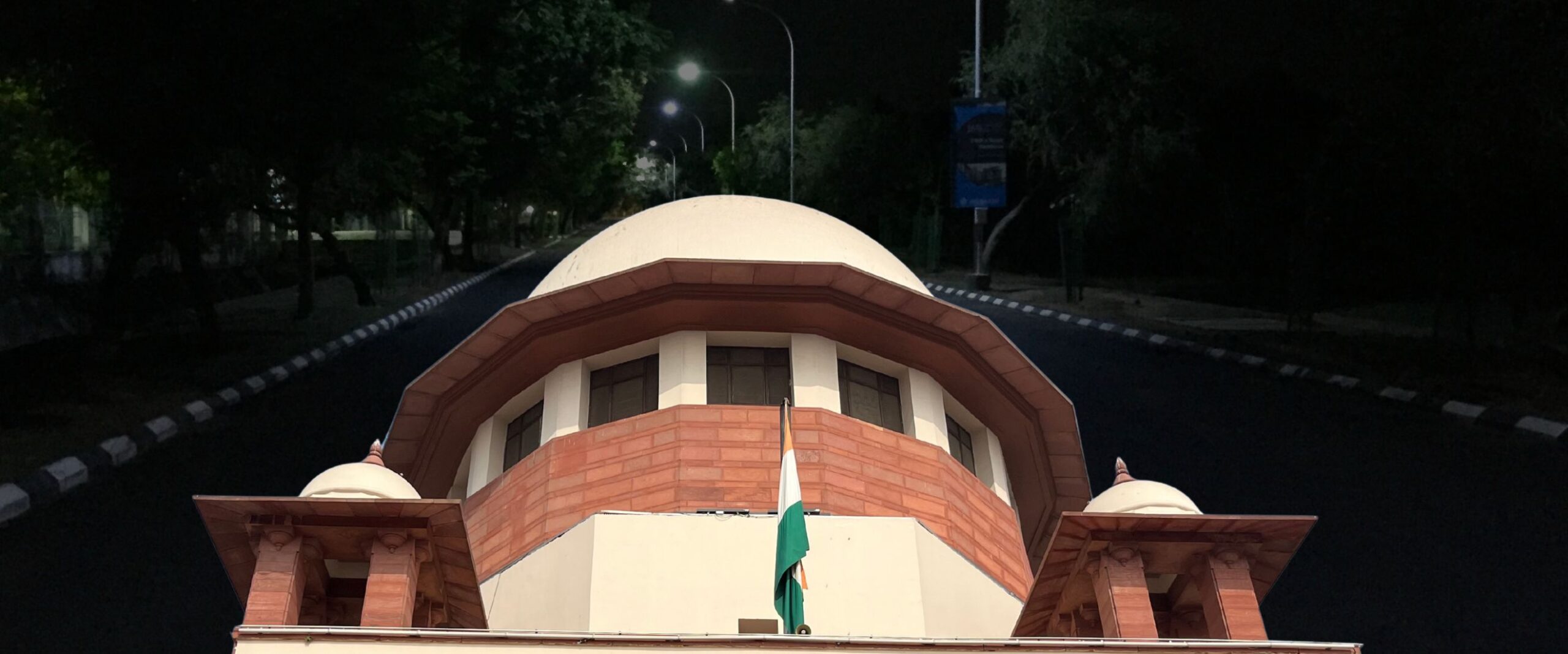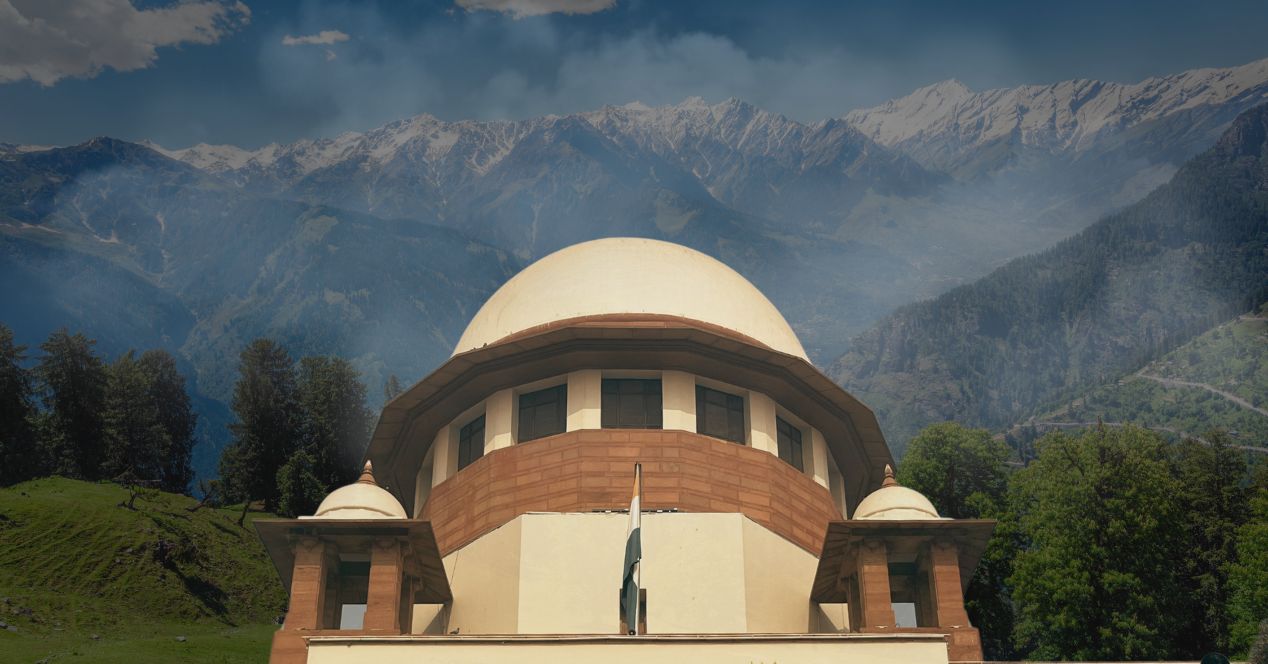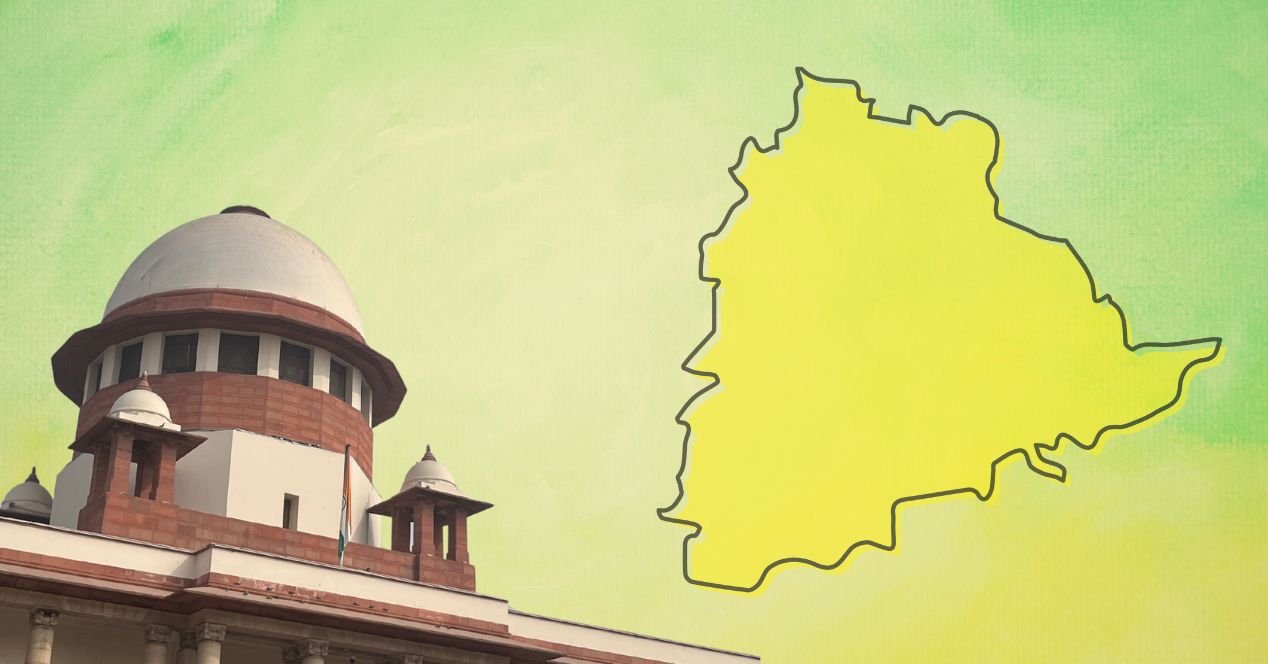Analysis
SC directs Union to frame pan-India guidelines for pedestrian safety
The Court warned that if the Union does not frame the necessary guidelines by 1 September, it would do so on its own

On 1 August, a Division Bench of the Supreme Court comprising Justices J.B.Pardiwala and R.Mahadevan, directed the Union Government to frame guidelines to ensure pedestrian safety within four weeks.
The Bench noted two interim applications in a 2012 case (S.Rajaseekaran v Union of India), raising the following issues:
- It is necessary to have proper footways or footpaths for the use of citizens.
- Footpaths should be such that they are accessible and usable by persons with disability; and
- Removal of encroachments on the footpaths is mandatory.
The Bench also took note of the submission of Senior Advocate Gaurav Aggarwal, the amicus in the case. He stated that the Union Government has yet to frame guidelines regarding the three main issues referred to above. Further, he suggested that even State Governments must frame guidelines, or if they deemed fit, they could adopt the guidelines that the Union frames.
In Paragraph 8 of the Order, the Bench made it clear that if the Union Government is unable to frame the guidelines by the next date of hearing (1 September), the Court would, with the help and assistance of the amicus, proceed to frame the guidelines and do the needful. The Bench permitted the National Highways Authority of India to file its affidavit in compliance and share it with the amicus.
Background
The petitioner S. Rajaseekaran is a leading orthopaedic surgeon who moved the top court back in 2012. He sought directions for the upliftment of existing infrastructure and facilities for post-accident care and management to minimise loss of lives and physical injuries to victims of road accidents. He also prayed for the enforcement of road safety norms and the appropriate treatment of accident victims. Since then, the Court has been monitoring the issue and has passed several orders, including two notable judgements in 2014 and 2017.
Earlier this year, the case was heard by a Bench of Justices A.S.Oka and Ujjal Bhuyan. On 14 May, the Bench noted that since the top court’s decision in Olga Tellis v Bombay Municipal Corporation, the right of pedestrians to use safe footpaths or footways is guaranteed as a fundamental right under Article 21.
The Bench cautioned that if there are no proper footpaths or footways, pedestrians will be forced to walk on the roads, which pose danger and may lead to accidents.
The Bench referred to two High Court decisions in this regard:
- High Court on its own Motion v State of Maharashtra (2024) (Bombay High Court); and
- D.S.Ramachandra Reddy v The Commissioner of Police, Bangalore (2021)(Karnataka High Court)
The Bench held that States would have to evolve their policies to ensure that proper footpaths and footways are available for the benefit of pedestrians. The Bench directed all the States and Union Territories to use these two High Court decisions to frame their guidelines.
Earlier, the Court had directed states and Union Territories to file compliance reports within a period of two months from 14 May 2025. Further, the Union Government had to place on record the policies or guidelines it framed. The Bench granted six months to the Union Government to constitute the National Road Safety Board to implement Section 215B of the Motor Vehicles Act, 1988, and had refused further extension of this deadline.




